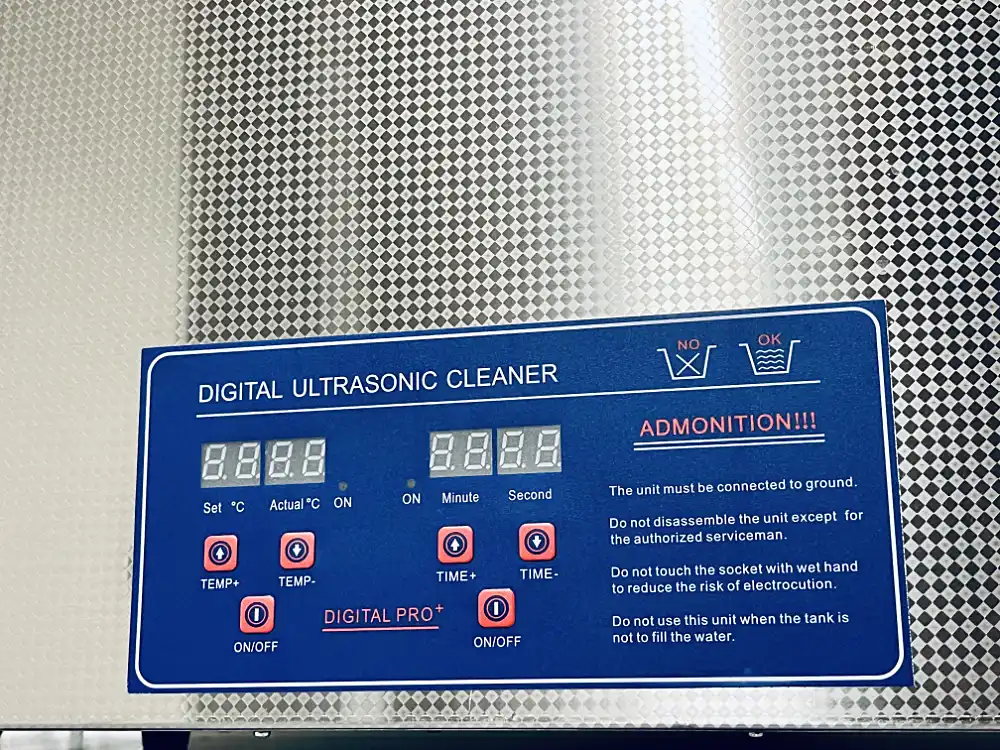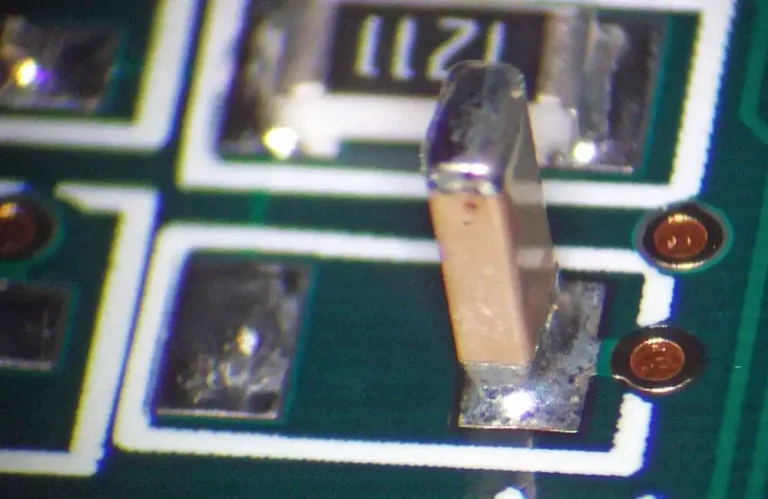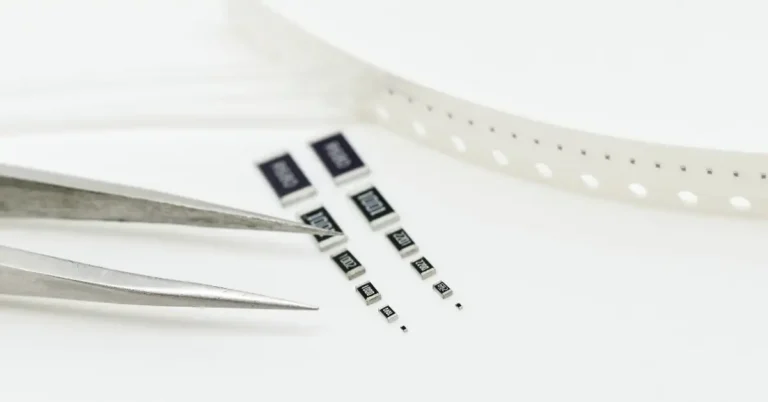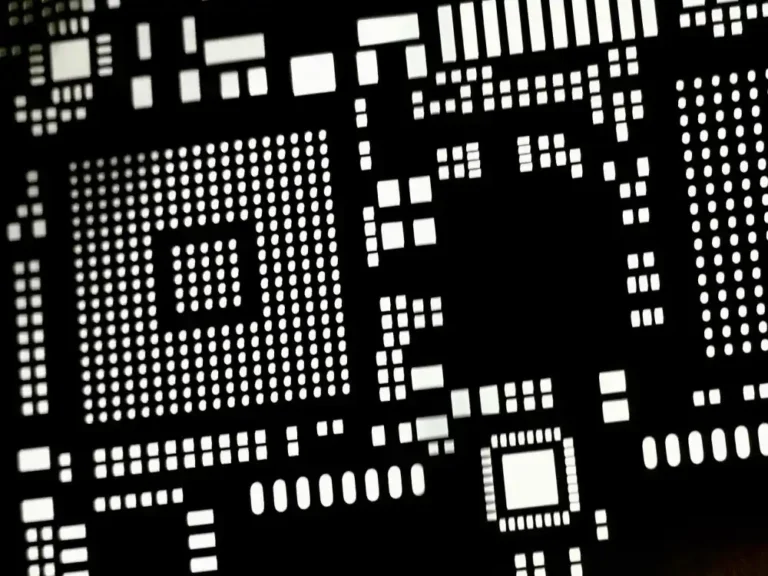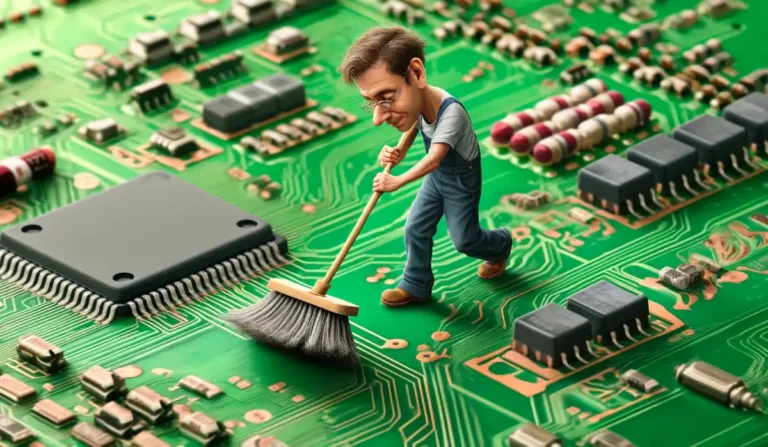A Comprehensive Guide to Ultrasonic PCB Cleaning: Solutions, Sensitivity, and Best Practices
When it comes to cleaning printed circuit boards (PCBs), ultrasonic cleaning stands out as a powerful method for removing stubborn residues, contaminants, and flux. Ultrasonic cleaning, however, has both its benefits and challenges, particularly when dealing with sensitive electronic components. This guide delves into how ultrasonic cleaning works, discusses the pros and cons of various cleaning solutions, and explains how to avoid damaging your components through correct frequency selection.
How Ultrasonic PCB Cleaning Works
Ultrasonic cleaning uses high-frequency sound waves to create millions of tiny bubbles in the cleaning solution. These bubbles collapse (or “cavitate”) with significant force, dislodging dirt, flux residues, and contaminants from surfaces and crevices on the PCB. The main advantage of ultrasonic cleaning lies in its ability to reach every nook and cranny of densely populated boards, making it ideal for complex PCB assemblies.
The process typically involves immersing the PCB in a liquid bath—either water-based or solvent-based—where ultrasonic waves generate cavitation. The force generated by cavitation can be extremely effective but can also pose risks to sensitive components if not properly managed.
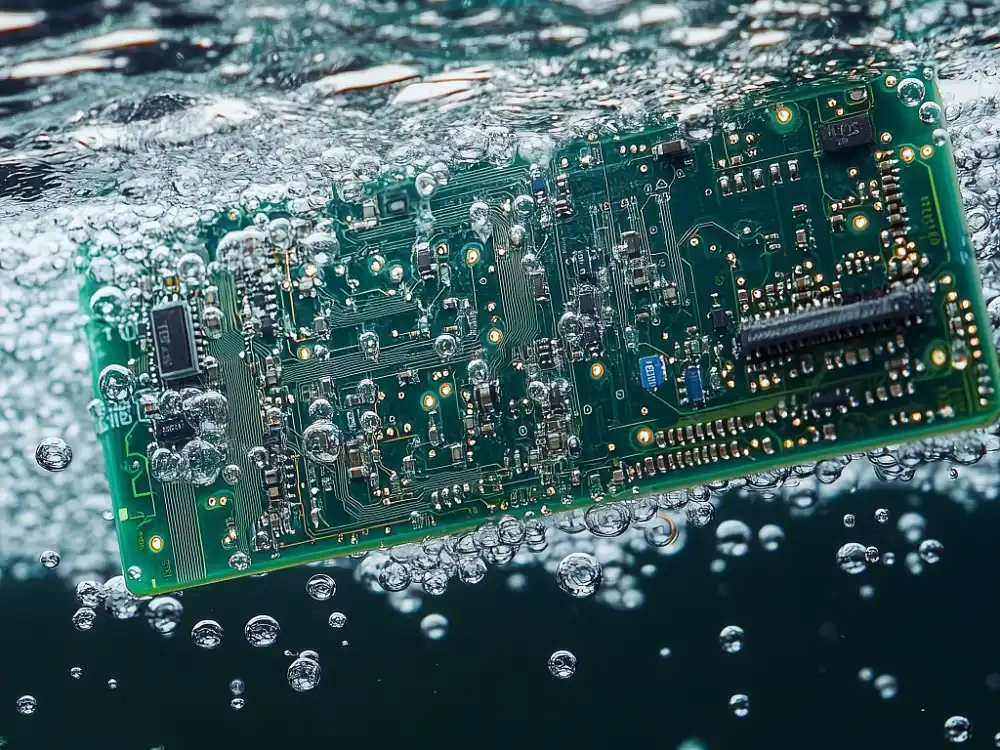
Water-Based vs. Solvent-Based Cleaning Solutions
The choice between water-based and solvent-based cleaning solutions depends on several factors, including the types of contaminants, component sensitivity, and safety considerations.
Water-Based Cleaning Solutions
Water-based solutions are commonly used for cleaning PCBs, especially in high-volume manufacturing. These solutions often contain surfactants and detergents that help lift and dissolve flux residues and other contaminants.
Pros:
- Environmentally Friendly: Water-based solutions are generally less hazardous to handle and dispose of compared to solvents. They produce fewer volatile organic compounds (VOCs), making them environmentally preferable.
- Safe for Operators: There is minimal risk of inhalation toxicity, and the solutions are non-flammable, reducing the safety hazards involved in handling.
Cons:
- Rinsing and Drying Requirements: Water-based solutions require thorough rinsing to remove residues, and the boards must be completely dried afterward to prevent corrosion or moisture entrapment.
- Lower Cleaning Efficiency for Certain Contaminants: Water-based cleaning may be less effective for no-clean fluxes and certain heavy contaminants without the addition of specialized detergents.
Solvent-Based Cleaning Solutions
Solvent-based solutions, such as Zestron FA+, are often preferred for removing tougher residues, like no-clean fluxes or baked-on contaminants. These solutions work by dissolving the contaminants directly.
Pros:
- Effective Cleaning: Solvent-based solutions can be highly effective at breaking down stubborn residues that are difficult to clean with water-based alternatives.
- Fast Drying: Solvent-based cleaners tend to evaporate quickly, which reduces the time needed for drying the PCBs.
Cons:
- Flammability and Toxicity: Solvents can be flammable and often produce toxic fumes. Proper ventilation and personal protective equipment (PPE) are necessary to protect workers from potential exposure.
- Environmental Impact: Many solvents contain VOCs, contributing to environmental pollution, and require special disposal procedures.
- Component Compatibility: Solvents can sometimes react negatively with certain components, plastics, or coatings. Compatibility testing is necessary to avoid potential damage.
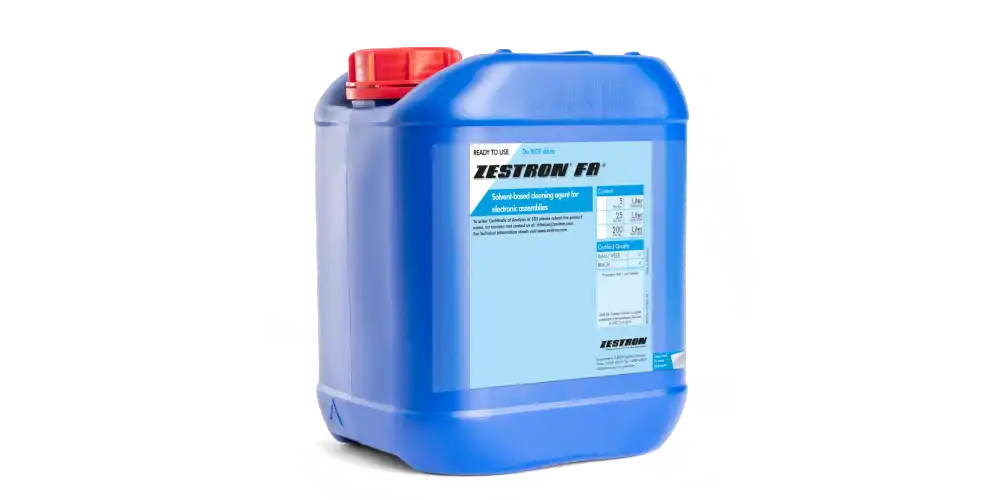
Choosing the Right Frequency for Ultrasonic Cleaning
One of the biggest challenges of ultrasonic cleaning for PCBs is ensuring that the cleaning process is effective without damaging sensitive components. The key to this balance lies in selecting the correct frequency for ultrasonic waves.
- Low Frequency (20-30 kHz): Low-frequency ultrasonic cleaning generates larger cavitation bubbles and more powerful implosions. This makes it effective for heavy-duty cleaning but potentially damaging for delicate PCB components. It’s best suited for robust components or boards without sensitive devices.
- Medium Frequency (35-45 kHz): Medium frequencies are more common for general PCB cleaning. They provide a good balance between cleaning power and gentleness, making them suitable for most electronic assemblies.
- High Frequency (60 kHz and Above): High-frequency ultrasonic cleaning produces smaller bubbles with less intense cavitation forces, which makes it gentler. This frequency range is ideal for boards with sensitive components, such as MEMS sensors, quartz crystals, and fine-pitch ICs, where minimizing mechanical stress is crucial.
Avoiding Damage to Sensitive Components
While ultrasonic cleaning is highly effective, improper use can lead to damage, especially for sensitive components. Here are some best practices to avoid damaging your PCBs:
- Check Component Compatibility: Not all components are suitable for ultrasonic cleaning. MEMS microphones, gyroscopes, and some types of oscillators are particularly vulnerable. Always check the manufacturer’s datasheet to verify whether a component can withstand ultrasonic cleaning.
- Use the Right Frequency: As mentioned earlier, using a higher frequency for sensitive components can reduce the risk of damage. When in doubt, opt for a higher frequency to ensure a gentler cleaning process.
- Control Cleaning Time: Avoid prolonged exposure to ultrasonic cleaning. Extended cleaning cycles can increase the risk of component fatigue or damage. Typically, a cleaning time of 5-10 minutes is sufficient for most assemblies.
- Positioning Matters: Properly position the PCBs in the ultrasonic cleaner basket. Avoid stacking boards or placing them too close to the transducers, as this can result in uneven cleaning or increased stress on certain areas of the board.
- Flipping Double-Sided Boards: For double-sided PCBs with components on both sides, it may be beneficial to flip the board halfway through the cleaning cycle. This ensures that both sides receive adequate exposure to the cleaning action, especially for densely populated assemblies.
Cleaning PCBAs Using Ultrasound or Spraying: Which Process Fits Which Requirement?
When considering the best approach for cleaning PCBAs, it’s important to understand the strengths and limitations of both ultrasonic cleaning and spray cleaning. Ultrasonic cleaning is highly effective for complex assemblies with densely packed components where contaminants may be trapped in small crevices. The cavitation effect reaches difficult-to-access areas, making it ideal for boards with intricate layouts. However, for assemblies with sensitive components, such as MEMS devices, spray cleaning may be preferable. Spray cleaning, whether aqueous or solvent-based, offers a more controlled cleaning process without the risk of mechanical stress from cavitation, making it well-suited for boards that require a gentler touch. Additionally, spray cleaning is often easier to integrate into automated production lines, making it a preferred choice for high-volume manufacturing. The choice between ultrasonic and spray cleaning ultimately depends on the specific requirements, including component sensitivity, board complexity, and production volume.
Final Thoughts
Ultrasonic cleaning can be an invaluable tool in your PCB manufacturing and maintenance toolkit, providing thorough cleaning that reaches areas other methods can’t. However, it requires careful consideration of the components involved, the cleaning solution used, and the ultrasonic frequency applied. Understanding the pros and cons of water-based versus solvent-based cleaning solutions and the importance of selecting the right cleaning parameters will help ensure that your boards come out clean—and undamaged.
When selecting a cleaning method, always weigh the effectiveness of the cleaning process against the potential risks to your components. Proper preparation, testing, and adherence to best practices can help you achieve the desired level of cleanliness without compromising the integrity of your PCBs.
Do you have experiences or questions about ultrasonic cleaning? Feel free to share them in the comments below!

